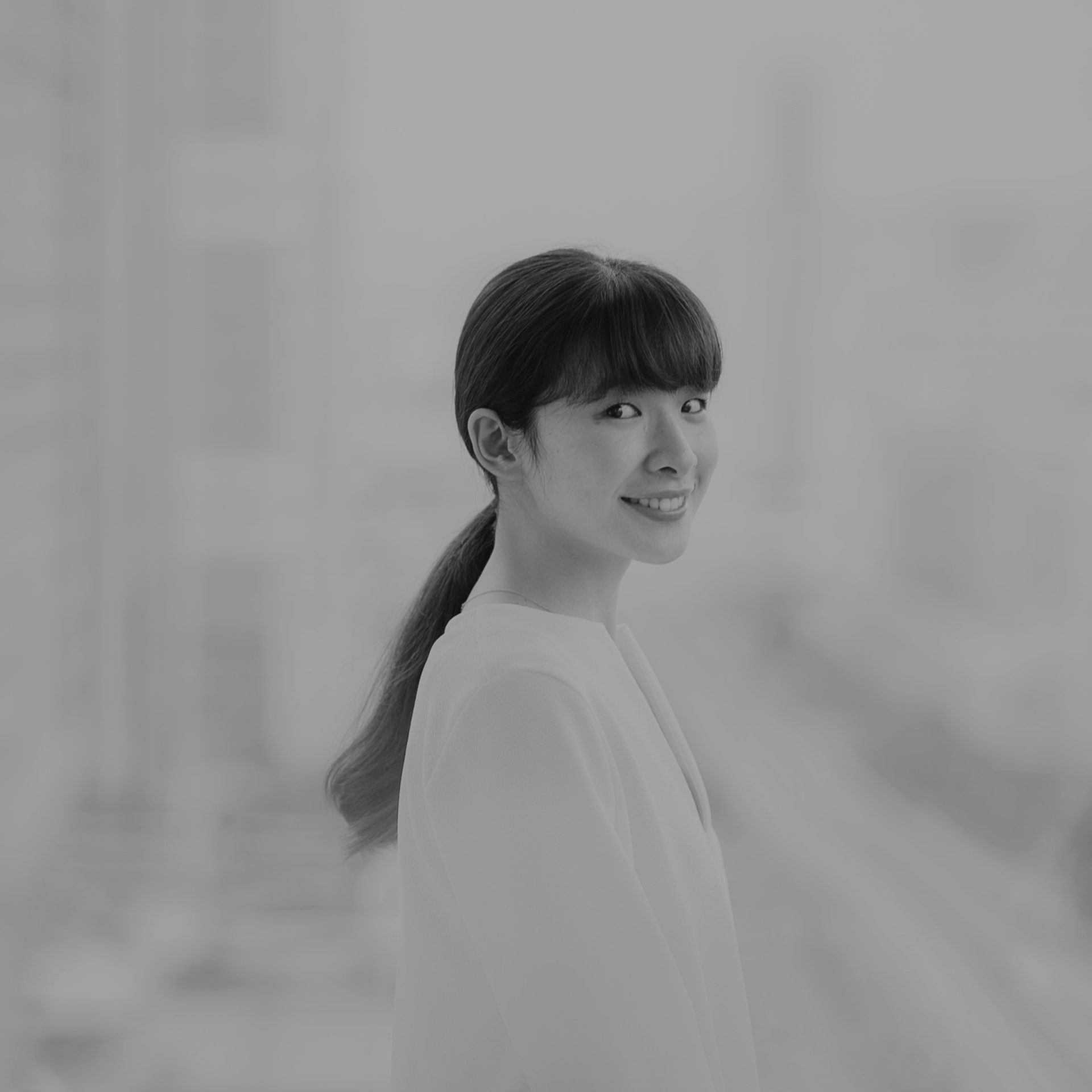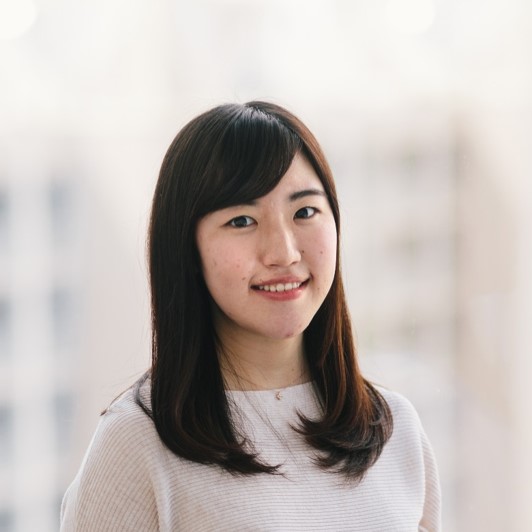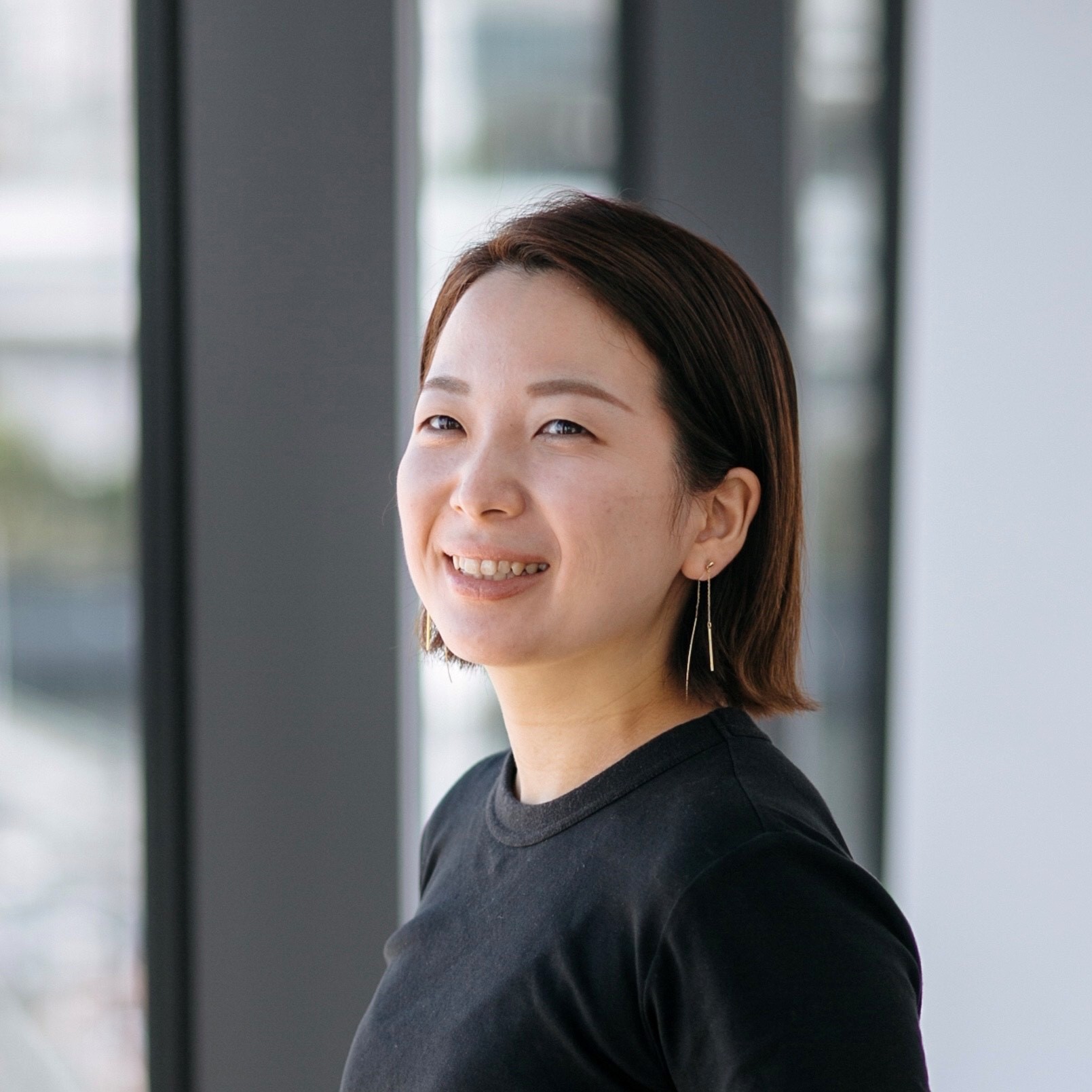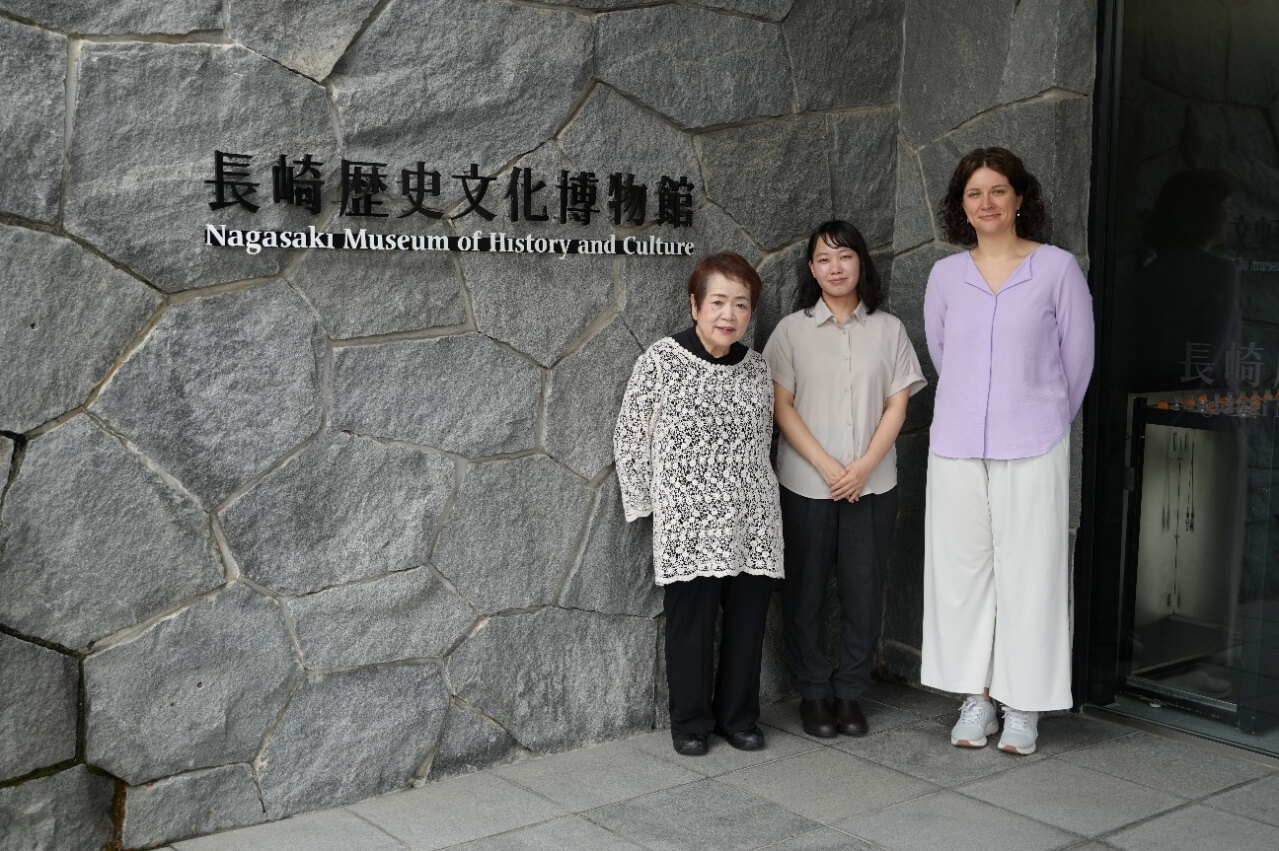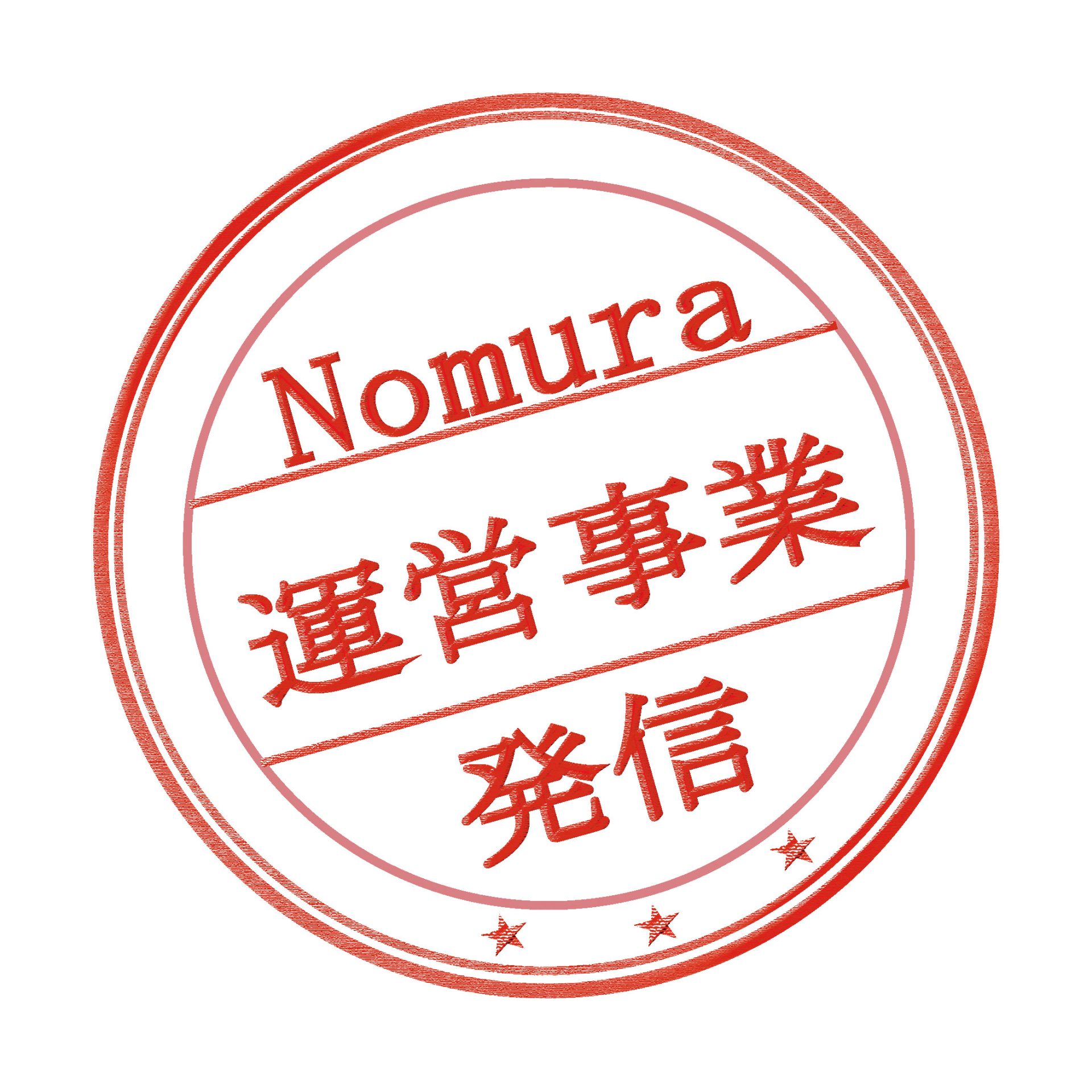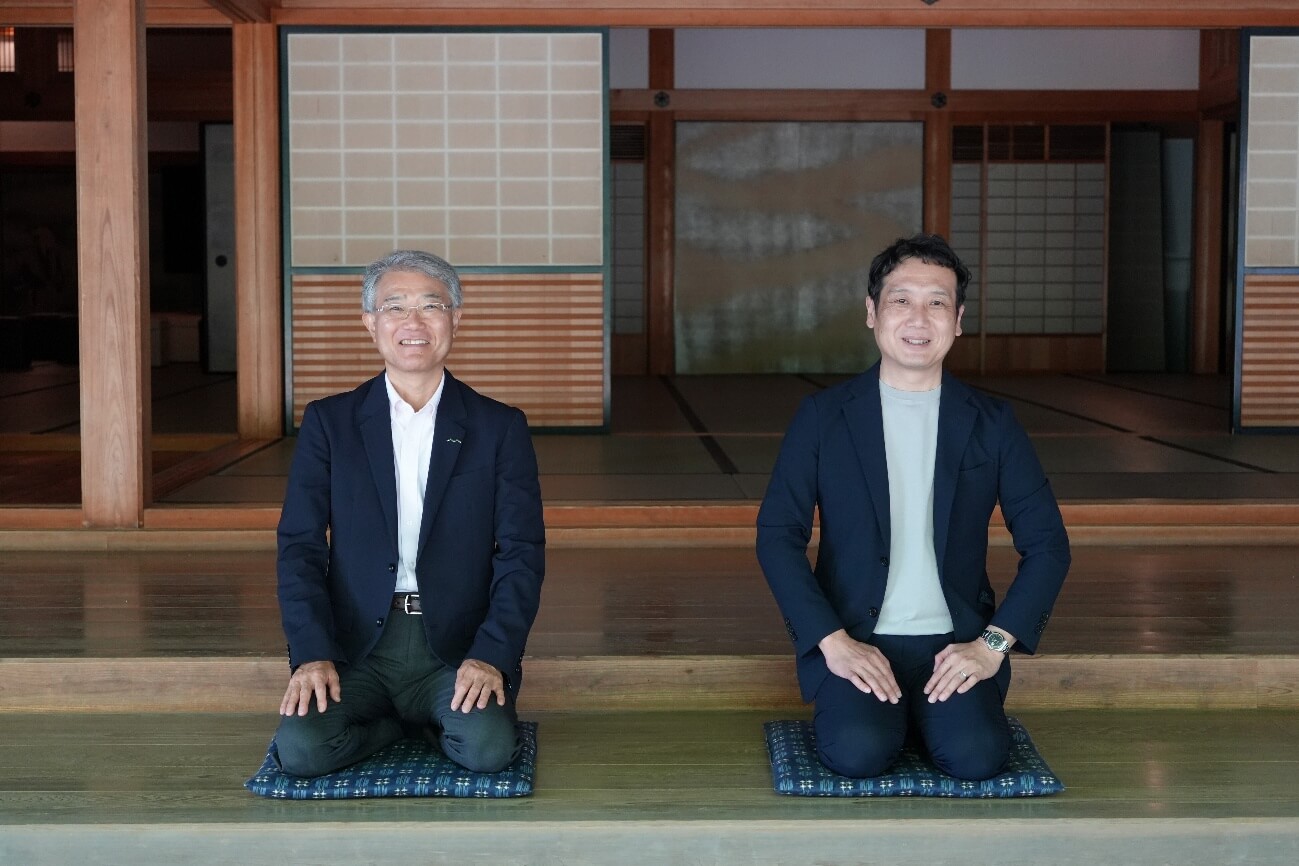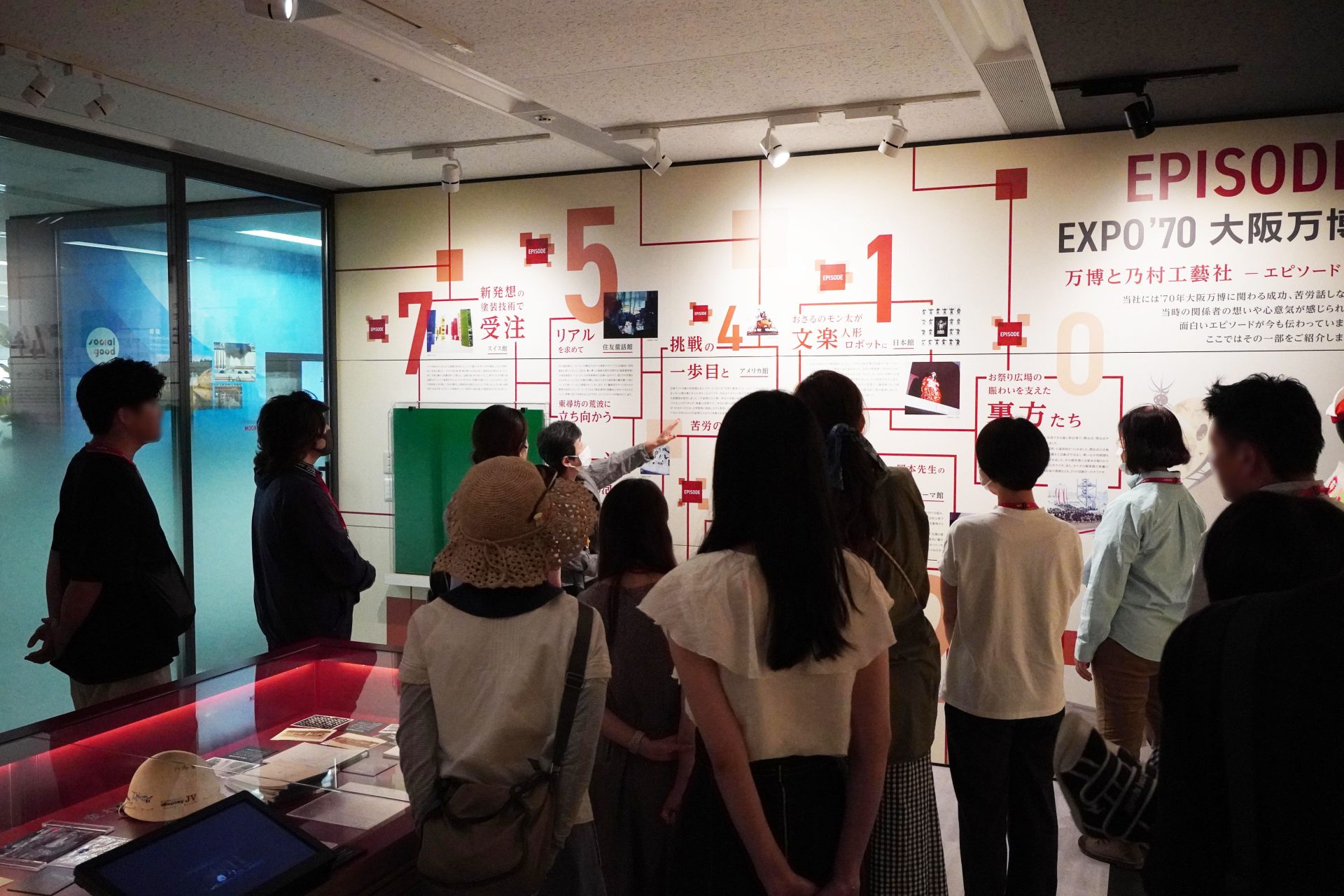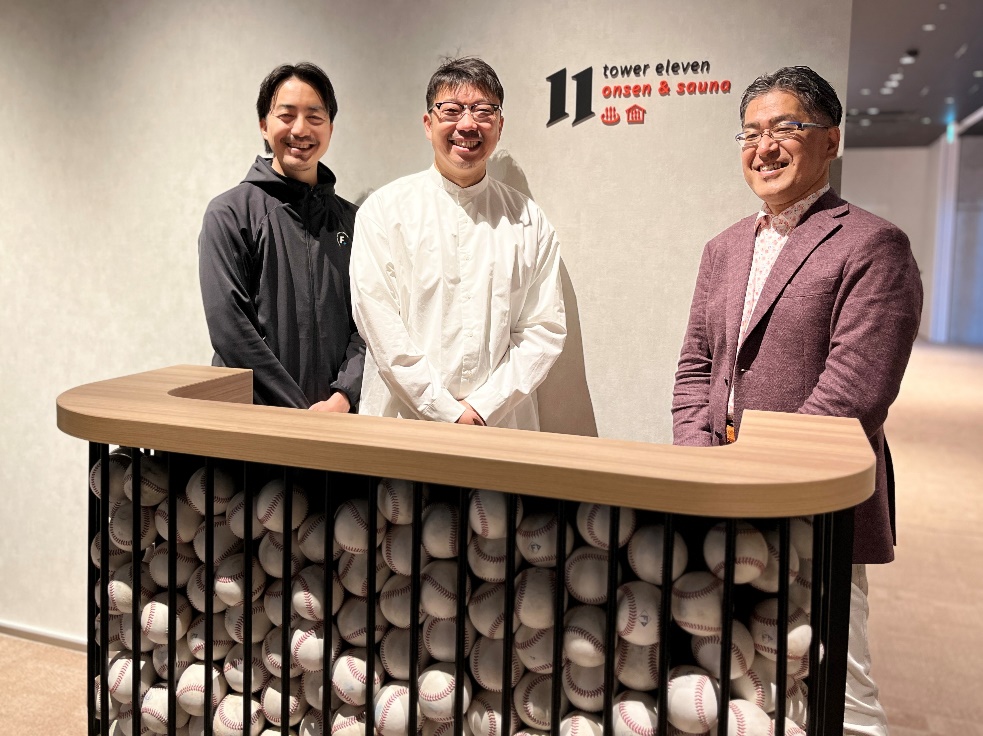
The potential of Ikebana in creating a welcoming space
2019/09/03- text and edit by
- Ai Ichikawa
Ahead of the 2020 Tokyo Olympic and Paralympic Games and the 2025 Osaka Expo,
Traditional Japanese culture is attracting increasing attention as a form of hospitality and content that attracts customers.
One of the traditional Japanese cultures that has a high affinity with NOMURA Co., Ltd. Co., Ltd. (hereafter, NOMURA Co., Ltd.) specializes in creating spaces.
There is "Ikebana".
While working as a planner at NOMURA Co., Ltd., I am also active as an ikebana artist.
In this article, I would like to introduce the merits of incorporating "ikebana" into "space" based on two examples.
“Raw” Hospitality
Utilizing Ikebana to create a space for a local revitalization event
The first "OBI DENKEN WEEK" will feature sweet peas grown by Taiyo Farm
Obi, Nichinan City, Miyazaki Prefecture, boasts a rich culture as a castle town.
NOMURA Co., Ltd. has been working to help revitalize this area, which is a preservation district for groups of traditional buildings.
"OBI DENKEN WEEK" (DENKEN: Abbreviation for Preservation District for Groups of Traditional Buildings) was held twice in 2018.
From projection mapping to art, music, movies, food, marche,
Various contents attracted tourists from inside and outside the prefecture.
In "DENKEN GASTRONOMY" which is one of the featured contents for 2 days only,
A course meal using plenty of Nichinan ingredients was served by a famous chef.
“Ikebana” was adopted to create a space for such a premium food experience.
When I received the request for the flower arrangement, I wanted to bring out the uniqueness of Nichinan City in the presentation of the space as well as the food.
I decided to use plants grown by Taiyo Farm in the city.

 At the first event held in March at Hattori-tei, works featuring seasonal sweet peas were arranged in multiple locations such as the entrance and alcove.
At the first event held in March at Hattori-tei, works featuring seasonal sweet peas were arranged in multiple locations such as the entrance and alcove.


 DENKEN GASTRONOMY photo by Kazuhiko Watanabe
DENKEN GASTRONOMY photo by Kazuhiko Watanabe
The second "OBI DENKEN WEEK" will feature a space decorated with lanterns grown by Taiyo Farm
At the second meeting held in October at the Ito House,
By decorating the center of the space and each table with works that incorporate "hozuki" harvested in summer,
We made it possible for customers to enjoy the autumn-like orange color.
Taiyo Nouen's skeleton "Houzuki" leaves only the fibers white and the fruit inside is visible.
It is a rare flower material that is difficult to obtain in Tokyo, and I was very excited to arrange it myself.
In this way, it is possible to create a “raw” hospitality space that is unique to the area using seasonal plants and plants that are related to the area.
This is the strength of Ikebana.
The power of spatial design using "Ikebana" without using live plants or water
The power of plants that surpasses “raw”
"Ikebana" is very suitable for event space production,
Maintenance becomes a hurdle when trying to keep it for a certain period of time.
I myself have many times wanted to incorporate the production of “Ikebana” as a point of space, but I am worried about the burden of maintenance and operation.
I have received a consultation.
Therefore, I would like you to know that "Ikebana" does not necessarily exist without fresh plants and water.

The 2nd "New Ikebana" Exhibition
From June 22nd to 30th, 2019, I participated in a week-long event at ART FACTORY Jonanjima, Ota-ku, Tokyo.
I participated in the exhibition "The 2nd New Ikebana Principle".
Many of the gigantic groups of works created by artists with extensive production experience both in Japan and overseas, including masters of multiple schools, do not use live plants or water, but they may surpass live plants. There was an overwhelming sense of presence.
The main materials such as driftwood and dead plants (withered plant materials) can be dismantled and used for the next exhibition.
It captures the mood of the current era, such as “sustainability”, “renewability”, and “variability”.
 "June Bride" photo by Kanno Kinji
"June Bride" photo by Kanno Kinji
I myself withered the raw plants used in my past works,
I arranged a work composed of materials that were vividly colored and reborn.
The title of the work is "June Bride", and it expresses a woman who is reborn strong and vivid after marriage.
In this way, even in places where it is difficult to use raw plants, “Ikebana” uses materials other than raw plants.
It has the potential to fully demonstrate its power.
For those of you who read this article, as one of the methods of creating a space that makes you feel the traditional Japanese culture,
I would be happy if you could incorporate "Ikebana".
Like this article?
